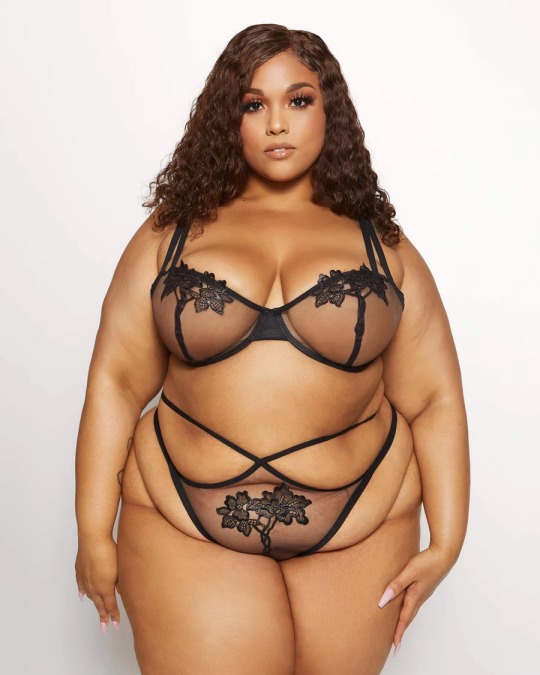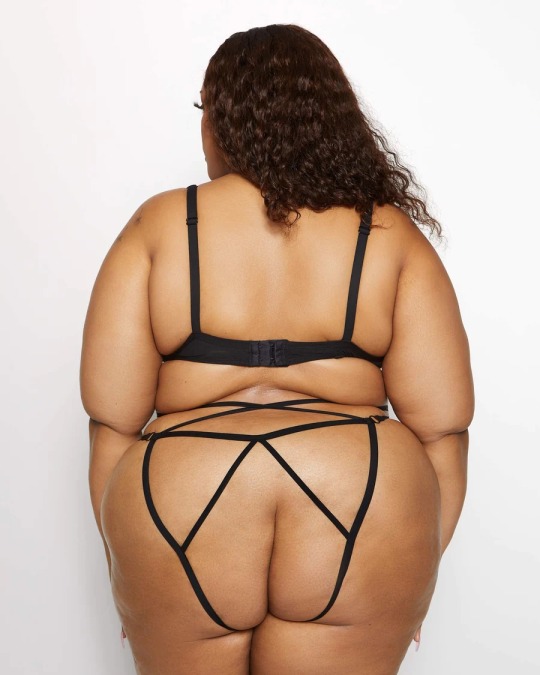#embroidered appliqués
Text
not to bitch about the phantom of the opera in london's costume department... BUT
photo #1 BETTER be a hastily improvised finished bodice decorating job, right? and they'll finish the bodice later right, so that there's vertical decorations, fringe, and more than just random bows slapped on, right? because look how pretty the other ones are???
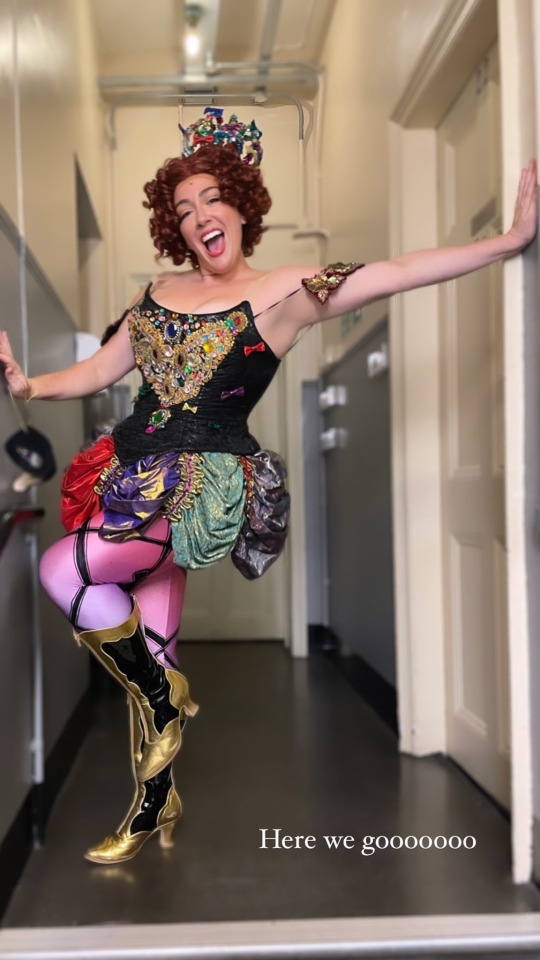
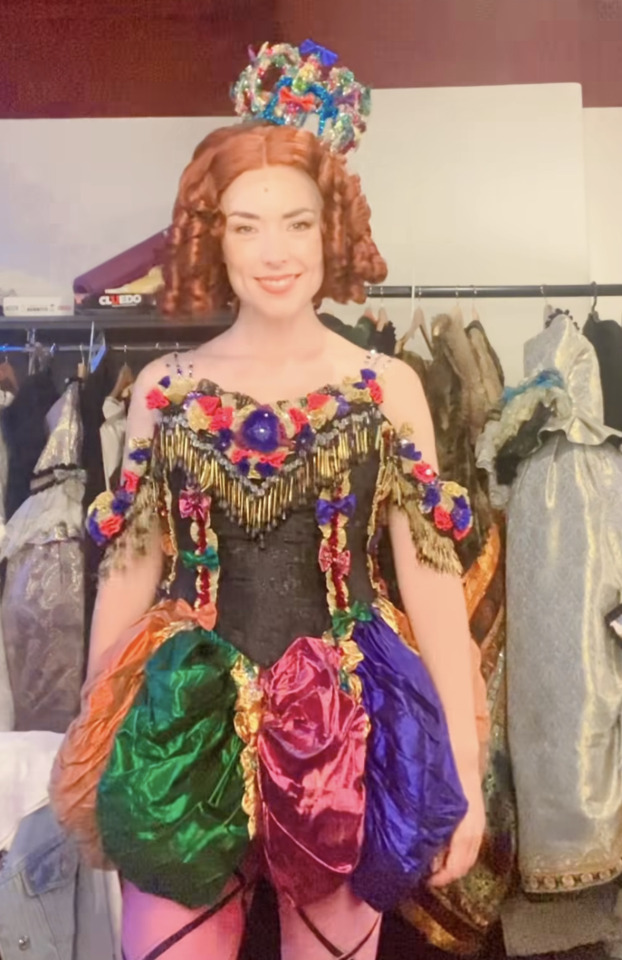
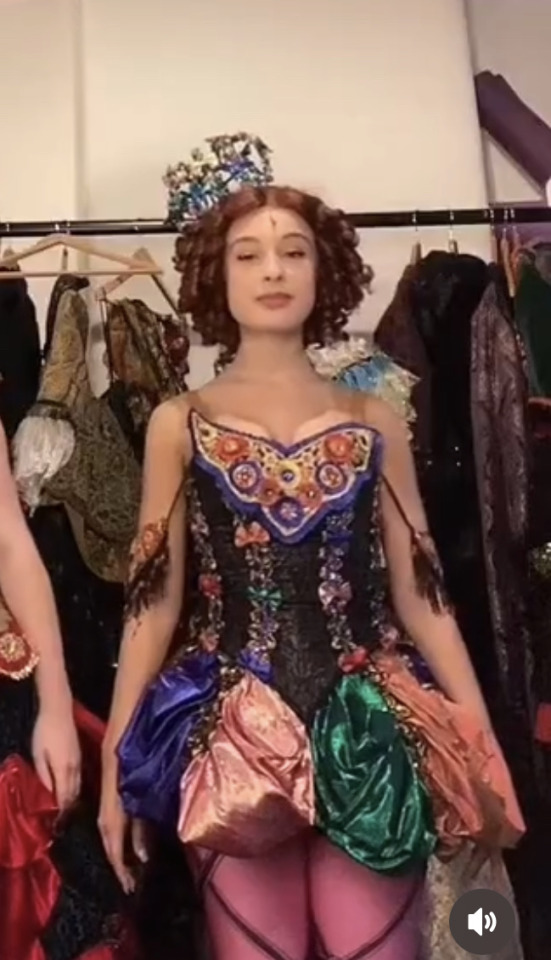

then again they are also proud to send out things like this into the world so who knows

#what if you take some of the crazy ridiculous budget used towards slapping 5 million machine embroidered appliqués onto the#il muto costumes and use it to decorate the masquerade costumes
19 notes
·
View notes
Photo
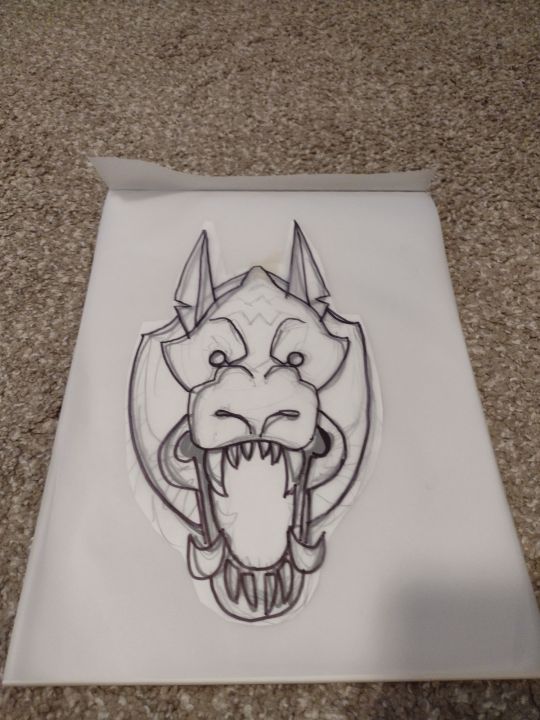

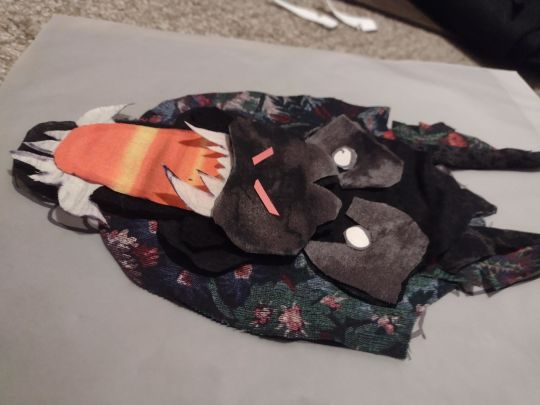
Working on a back patch for my jacket~!💕
I’ve had the sketch/plan for this waiting for a little while, but haven’t felt the spark to start on it until recently... it’s gonna be pretty cool I think 👀
#embroidery#battle jacket#back patch#sewing#cor#pardon the placeholder paper in the bottom pic lol nose/eyes r gonna be embroidered at the end#appliqué is so funnnn#crafts
60 notes
·
View notes
Note
I want to make a tote bag but like…what should I put on it
It depends on what youre into! Personally I loooove adding 60s/70s swirls and flowers to stuff, or just colourful patterns!! I like a good green/orange combo or yellow/orange/brown stripes. Also, copying out band logos to paint/embroider into the fabric is fun too!!!
#sorry i just loooove painting and embroidering and appliqué-ing things its kind of my favourite thing to do to my clothes and bags 🥰🥰#anyway good luck!!!!#emi's meandering asks
3 notes
·
View notes
Text

UR SO SWEET U ROT MY TEETH! embroidery and appliqué on fabric. please forgive the dorm desk lighting
#embroidery#embroidered art#appliqué#hmm how do tumblr tags work#rainbow#i’m sure this is some sort of -core
1 note
·
View note
Photo

My bag is complete. #paulvalery #seashells #digitalart #digitalartist #appliqué #embroidered #hatchembroidery https://www.instagram.com/p/Cd00153Lw5t/?igshid=NGJjMDIxMWI=
0 notes
Note
Any ideas for how to get a Hawaiian shirt with custom text on it somewhere in a way that looks good? (supposed to be a band shirt for a mock band some friends and I made up)
It has to be a Hawaiian shirt for inside-joke reasons(tm)
But all shirts I can find are completely plastered with (lovely!) patterns, and just writing over that with fabric dye probably won't look very good, because of suboptimal colour contrast and the lack of a border between the text and the pattern.
Maybe I could sew a patch of fabric over the pattern and then put the text on that? But I fear that colour-matching the patch to the shirt will be difficult, and also I can't sew.
I tend to overthink stuff instead of thinking practical, and I don't have much experience with this kind of stuff, so any input, however obvious it might seem, would be appreciated :)
Iron-on transfer paper.
Example:
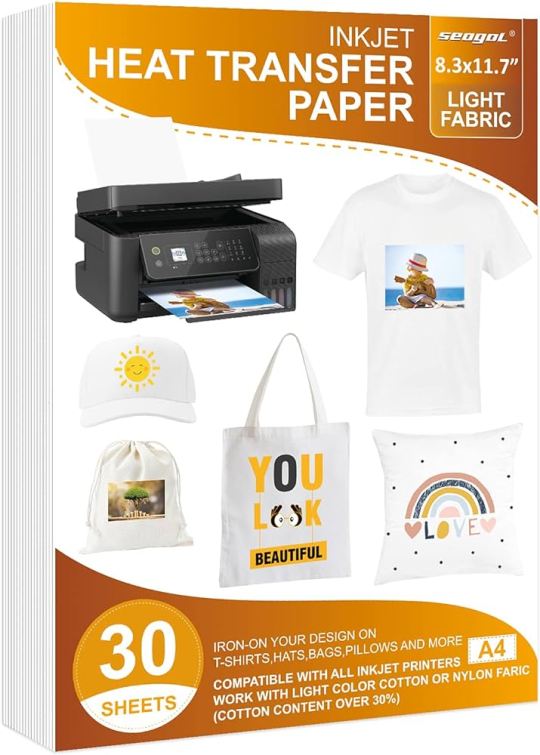
There is Light transfer paper, where the white part of the paper goes transparent upon ironing, and Dark transfer paper, where the white remains opaque. You need access to an inkjet printer, typically, but if you don't mind your lettering white you can buy dark fabric transfer paper, cut out the individual letters (mirrored), and iron them on like that to get plain white lettering.
Only downside is it'll crack over time, worse on stretch fabrics, but on a Hawaiian shirt it should be okay for a long while provided you wash and dry it on low heat.
You could also buy appliqué lettering, which are pre-made iron-on letters, usually embroidered, but transfer paper is cheaper and lighter tbh.
131 notes
·
View notes
Text

Ball gown, c. 1898 – 1902
It consists of a separate bodice and skirt of bright yellow silk satin. The gown has additional inserts of mauve silk chiffon, and metallic fabric at the bodice and sleeves has been heavily embroidered with sequins and glass pastes. The bodice and skirt feature beautiful embroidery in the form of irises. These wind their way up the bodice and down the skirt. The embroidery consists of chenille work with silk chiffon and velvet appliqué. Small glass beads, larger pastes and sequins have also been added. The pastes are particularly effective. They give the impression of dewdrops on the flowers.
This gown has been modified since it was first made in the late 1890s. The bodice shows signs of having been altered to fit a more Edwardian silhouette, and the original lining, which probably became unstable and damaged, has been replaced.
Chertsey Museum
#victorian#victorian era#victorian fashion#or#edwardian#edwardian era#edwardian fashion#19th century#20th century#fashion history#historical fashion#dress#gown
203 notes
·
View notes
Photo

19th century French sacred heart embroidered appliqué- this is probably a close up of a religious textile or garment like a priest’s cope.
1K notes
·
View notes
Text
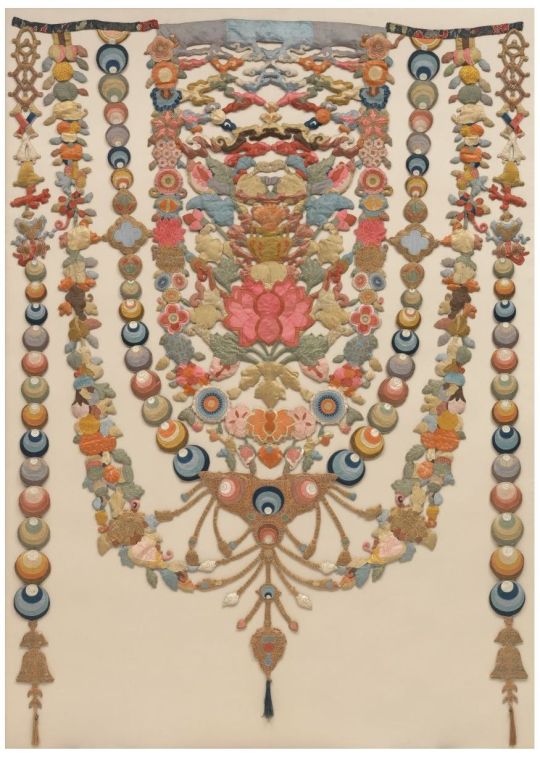
Tibetan Temple Hanging (unknown artist), early 20th century. Dyed and painted silk appliqué
The garlands that make up this complex textile contain hundreds of small quilted and embroidered silk elements—mostly emblems of abundance such as flowers, fruits, jewels, and treasures from the sea along with symbols considered auspicious by Tibetan Buddhists. The composition centers on a large blooming lotus supporting a brimming vase, both ancient Indian symbols of life. This hanging would once have enlivened the interior of a Buddhist temple or audience hall. While long, horizontal examples hung from ceiling beams are more common, this textile’s vertical shape suggests that it might have hung either in front of a large altar or above an entryway, rather like an ornamental festoon in western architecture.
180 notes
·
View notes
Text
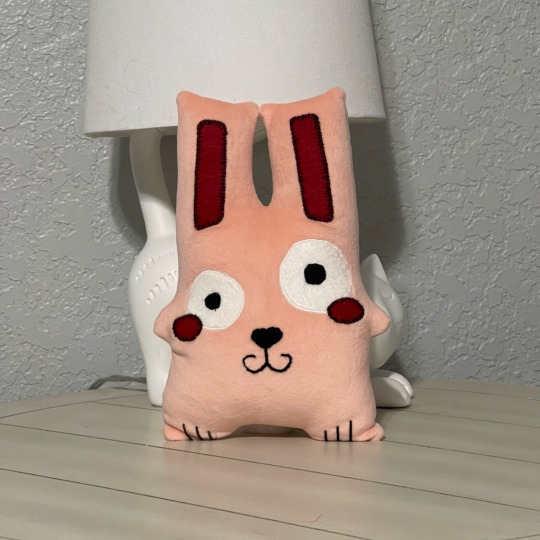
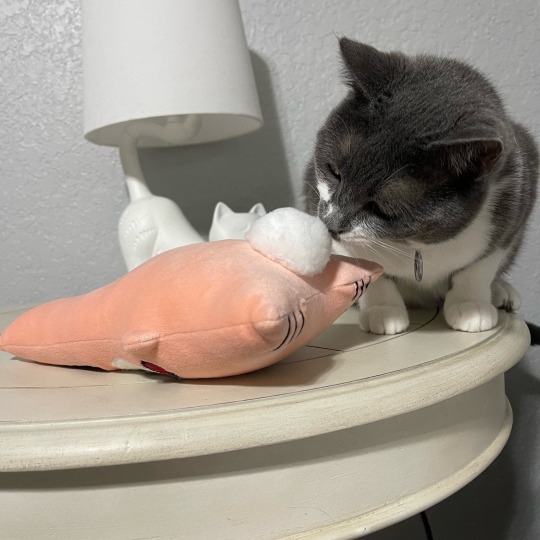
this was supposed to be an exact replica of “caon’s stuffed freezer bunny” from ts2 (hence the “decorative” black hand stitching around the ears and cheeks)
however i some how managed to appliqué the eyes way too far apart and there was no unpicking the stitch i used without ruining the (moderately more expensive) squishmallow-type fabric and redoing it on a new cut soooo 🤷♀️
if i were to do this again i might also make his arms slightly bigger and probably appliqué the nose on instead of embroidering it too. but it was a cute quick project
featuring the cat because she is nosy and thinks everything is for her
139 notes
·
View notes
Text

Les Modes : revue mensuelle illustrée des arts décoratifs appliqués à la femme, no. 39, vol. 4, 1 mars 1904, Paris. COSTUME TAILLEUR DE LA Mon AMY, LINKER & Co. Photo P. Boyer. Bibliothèque nationale de France
PAGE 21. — COSTUME TAILLEUR de la MAISON AMY, LINKER & Co. — Blouse et jupe tailleur. Encolure et boutons brodés. Se fait en tissu chiné, carreaux écossais et toutes nuances.
PAGE 21. — TAILOR SUIT from MAISON AMY, LINKER & Co. — Tailored blouse and skirt. Embroidered neckline and buttons. Made from mottled fabric, tartan checks and all shades.
#Les Modes#20th century#1900s#1904#periodical#fashion#fashion plate#photograph#description#bibliothèque nationale de france#dress#suit#gigot#Modèles de chez#Maison Amy Linker and Co#one color plates
58 notes
·
View notes
Text
@whats-a-lester

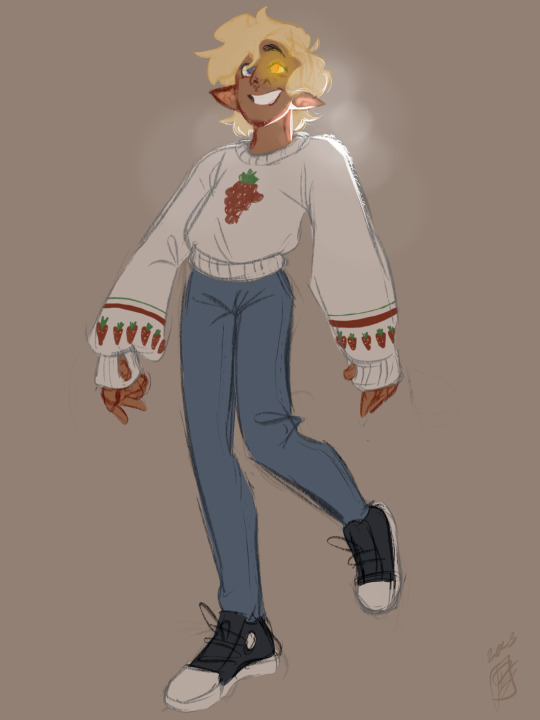
Postcanonpollo? We haven’t seen you in a while!
I couldn’t think how to show that it was crochet but I was thinking about how I would make it.
It’s a hdc circular raglan, the big strawberry is an appliqué made with puff stitch, and the seeds are embroidered
103 notes
·
View notes
Text
AI-generated embroidery
I'm starting to see more and more AI generated pics of "embroidered" art popping up, and somehow that makes me even more disappointed than when I spot fake paintings. Of course, a lot of creativity and effort goes into any given form of art, and they all have their limitations which inform the end result, but one can, in theory, paint almost anything (at least in digital painting) while there are far more tangible, physical limitations to what you can make a piece of thread do. One of the best parts of seeing a gorgeous piece of textile/fiber art is admiring how well the artist has been able to cleverly utilise and transcend the limitations of working with thread/fabric/roving/etc., and realising how much time it must have taken.
To then see AI "embroidery" that looks very impressive at first glance before realising that it couldn't possibly be real because it defies the very laws of physics makes me sad. Not only did someone want to generate a piece of art they couldn't be bothered to make themselves, but they then looked at the image the computer spat out and either wasn't interested enough in the craft itself to be able to tell how impossible it was or decided that it didn't matter because the point was just to get some superficially pretty content to share with a mostly unsuspecting audience. It's just... a whole new level of disrespect for a craft that is already niche and underappreciated as it is.
There have been posts pointing out what to look out for in generated "paintings" and "photos", but I have not seen any for embroidery yet, so here's a couple of points off the top of my head:
Can you see individual threads clearly? Do they look consistent in texture (like they're spun the same way).
There are a few different types of embroidery thread which are spun in different ways and from different materials, but if it looks like one type of thread was used and the threads still look inconsistent, that's a tell.
If the piece seems to be mixed media (e.g featuring beads or fabric appliqué etc.), do the added materials look realistic? Can you guess at what they're made of or how they may have been attached without the use of sorcery?
I have seen a few examples of what looks like a cluster of beads at first glance, but when looking closer they've turned out to be very surreal in shape and get progressively less realistic and more abstract the smaller they get. Then there have been details which I've tried and utterly failed to imagine what material they could even be made from, like decorative vines/borders that look more like 3D-printed plastic than thread or metal wire or anything you might expect to find in an embroidery, even with creative material choices.
Does the motif look very three-dimensional?
There are a number of ways to create 3D embroidery, but they all have to follow the laws of physics. Where are those threads going? Do they just end randomly? Does it look like a bunch of normal embroideries stuck on top of each other with no plausible edges or methods of attachment?
I've seen at least one example where most of the image was trying to look like photorealistic embroidery, but then there were a few details that simply looked photorealistic as in, "Wait, half of that bird looks embroidered, and half of it just looks like a photo of a real bird?"
As in other forms of AI art, look at details which you think you know what they ought to look like - especially in parts of the work that are out of focus or far from the center, those tend to be less realistic. If, at first glance, something in the background looks like a rose, look again and ask yourself, "Is that really what a rose looks like, even stylised? Why does that petal look more like a weird tentacle? These shapes make no sense. Was the artist just clumsy and made a mistake, or was it designed like that by a computer?"
Humans like symmetry. If there's a border or something which looks like it ought to feature repeating patterns but turns out to just be abstract shapes without any sort of pattern to it, then be suspicious. Same thing goes for motifs which look like they're supposed to consist of a perfectly mirrored right and left part but have unexpected inconsistencies (say, a butterfly or a crown, for example).
Finally, as always: is there a source in the caption? Does it say something like, "[Title of the piece/description of the motif] by [artist], embroidery thread and [beads/metal wire/leather appliqué/whatever fun material]"? Is there a caption at all? If not, there's a tiny chance that the artist just posted it themselves without a caption, but it's much more likely that it's either reposted stolen art or AI art that wants to pass under the radar, or even stolen AI art (if, indeed, one can steal something that was created by a computer based on other stolen art to begin with).
Okay, rant over. Go forth and look a bit closer at images of embroidery in future! You'll either discover that it's an AI piece, or you'll get the pleasure of really taking in the cool details and techniques used by a skilled, real-life fiber artist!
29 notes
·
View notes
Text
A bee-utiful dress for #WorldBeeDay! 🐝


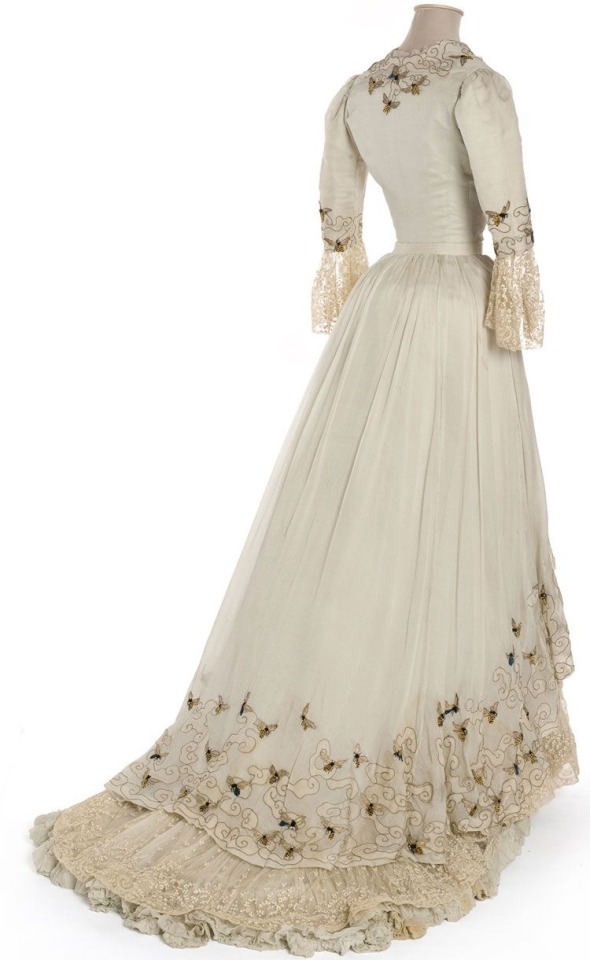
Transformation dress with bee motif by Jacques Doucet (French, 1853–1929), Paris, c. 1900-1905.
Chiffon, chain stitch appliqué work with gold thread and motifs embroidered with drop stitches in chenille and silk thread, embellished with rhinestones, Brussels-style needlepoint lace frills, taffeta lining.
Musée des Arts Décoratifs, Paris
#animals in art#european art#dress#historical costume#vintage fashion#Jacques Doucet#French art#20th century art#1900s#Art Nouveau#bee#insect#arthropod#Musée des Arts Décoratifs#World Bee Day#animal holiday#french fashion#parisian fashion
122 notes
·
View notes
Text
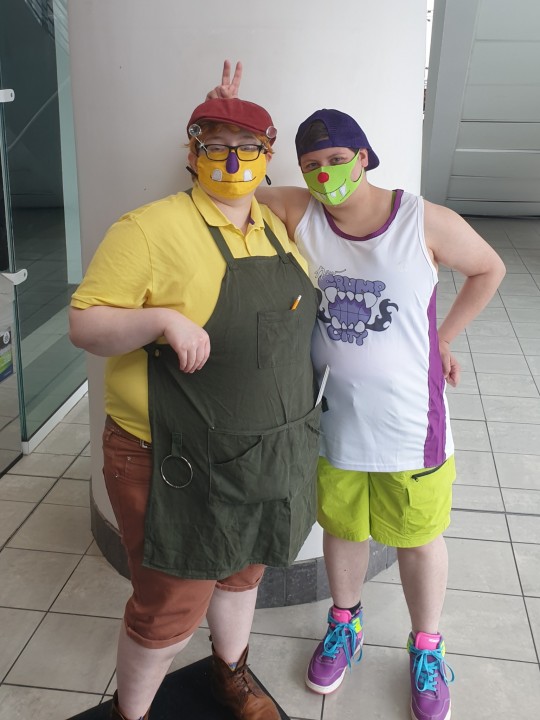
My husband @rooniegrumps and I just got back from a convention. I'm the one on the left (naturally).
A shot of the hat, because you can't see it here:

Ran did the appliqué work on both our masks, AND embroidered the hat, AND put the print and purple edging on the jersey. They're brilliant.
#bugsnax#snorpy fizzlebean#chandlo funkbun#cosplay#face reveal!#well. sort of#image descriptions in alt
671 notes
·
View notes
